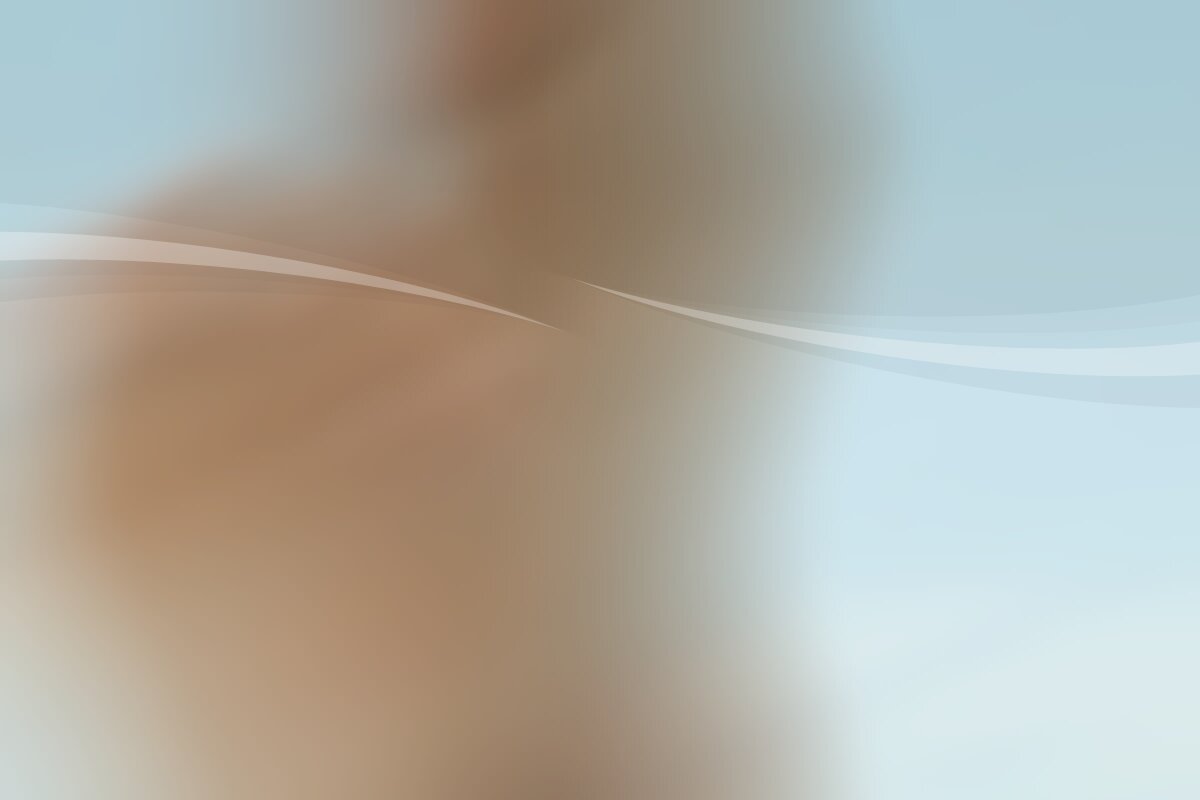What is Reflexology?
Reflexology is a complimentary therapy carried out on the feet and hands.
The main underlying principle is that we have 10 vertical energy zones mapped out on the feet which cover all the body systems.
In time with stress, illness,negative modern lifestyle habits and a poor diet these zones can become congested leading to poor health, and the presenting of many conditions.
The aim of reflexology is to balance the three negative factors in the disease process: Congestion: Inflammation: Tension:
Working all the body systems on the feet and hands with a "thumb walking" technique nerve and blood circulation is boosted
allowing the natural energy of the body to clear and flow.
The origins of reflexology can be traced back to the ancient Egyptian and Chinese dynasties. There is also evidence that a Chinese doctor was using reflexology along with acupuncture techniques in the 4th century to help his patients.
Reflexology as we know it today was introduced in1913 by Dr William Fitzgerald an ears,nose and throat specialist who used a technique called zone therapy to anaesthetise patients during operations and noted that certain reflexes were linked to other areas and organs of the body within the same zone.
This whole concept was developed further and brought into this country in the 1930's by an American physiotherapist Eunice Ingham
who was responsible for formalising the foot charts and
10 vertical zones as we know them today on the feet.
She dedicated 40 years of her life practising and teaching reflexology.

Gamlingay
Sandy
Bedfordshire
